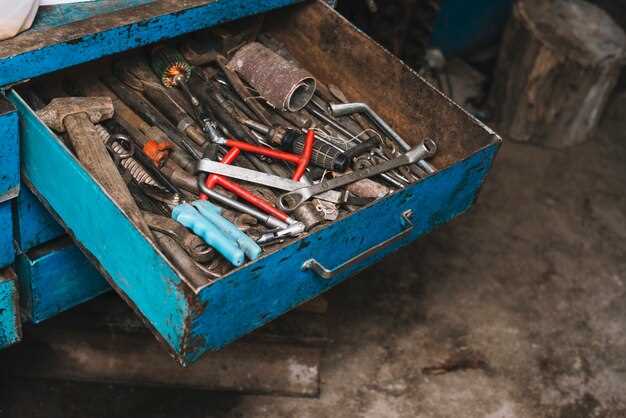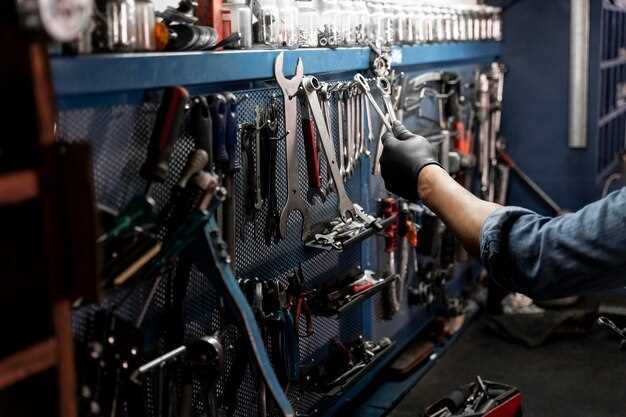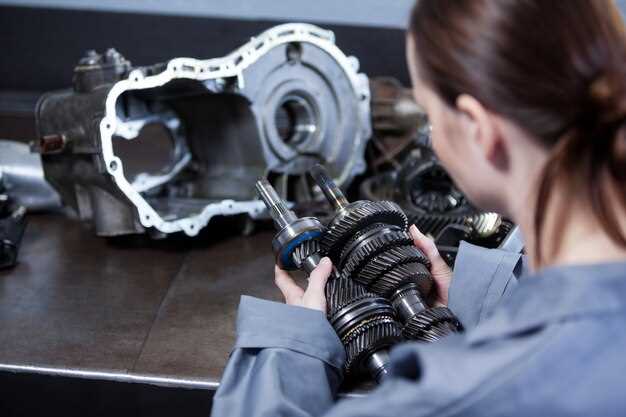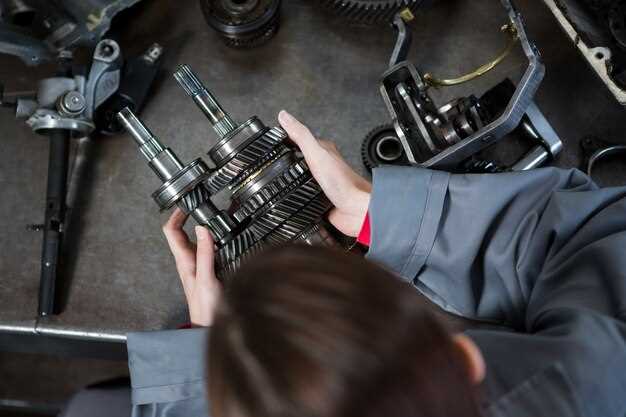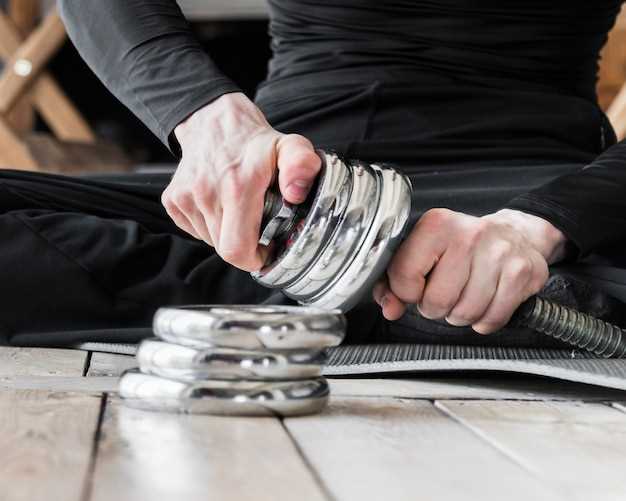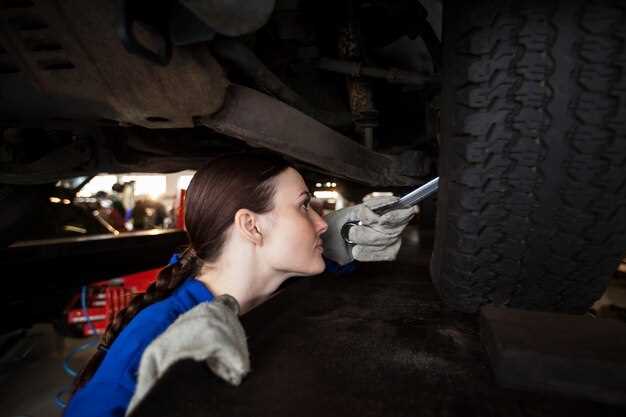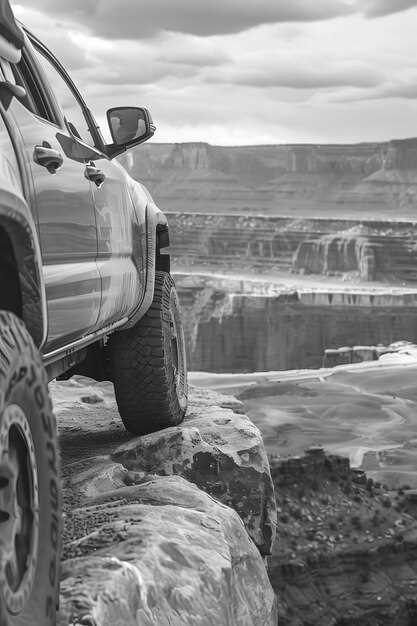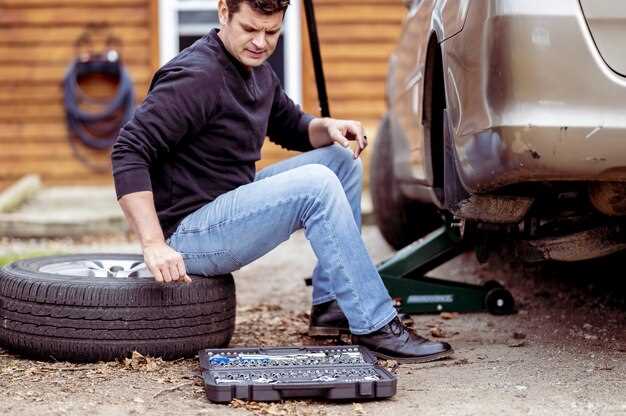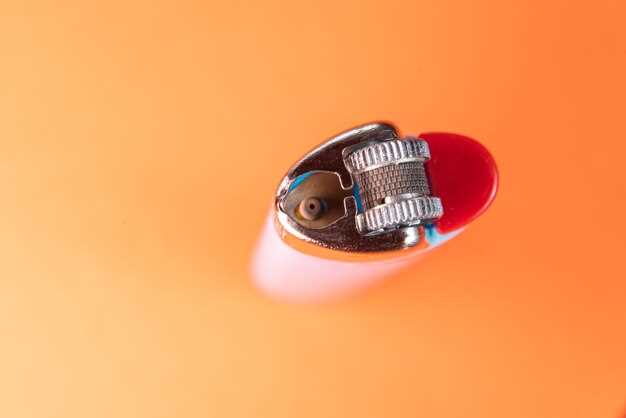
A tonneau cover is an essential accessory for pickup truck owners who want to enhance their vehicle’s storage capabilities and improve fuel efficiency. By providing a protective layer over the truck bed, a tonneau cover not only secures your cargo from the elements but also offers a sleek appearance to your vehicle. This comprehensive guide will walk you through the process of installing a tonneau cover step by step, ensuring that you can achieve a professional-looking result with ease.
The installation process may seem daunting at first, but with the right tools and a clear understanding of the steps involved, you can complete the task efficiently. Different types of tonneau covers are available, such as hard, soft, roll-up, and folding options. Each type may have specific installation requirements, but the overall principles are largely the same. Following this guide will help you choose the right cover and install it correctly, maximizing its benefits.
Before diving into the installation, it is crucial to gather all the necessary materials and tools. From the tonneau cover itself to basic hand tools, having everything ready will streamline the process and minimize potential delays. With careful attention to detail and adherence to the guidelines presented here, you will be well on your way to enjoying the numerous advantages of your newly installed tonneau cover.
Choosing the Right Tonneau Cover for Your Vehicle
Selecting the appropriate tonneau cover for your vehicle is essential for maximizing functionality, protection, and aesthetics. Begin by considering the type of truck you have; tonneau covers are designed to fit various makes and models, hence compatibility is vital. Ensure to measure your truck bed’s dimensions accurately to find an ideal fit.
Next, evaluate the different types of tonneau covers available. There are soft covers, hard covers, retractable options, and folding designs. Soft covers are typically lightweight and easy to install, making them a popular choice for casual users. Hard covers offer enhanced security and durability, ideal for those who frequently transport valuable items. Retractable covers provide versatility while maintaining a sleek appearance, and folding options offer a balance between accessibility and protection.
Consider the material of the tonneau cover. Vinyl, aluminum, and fiberglass are common materials, each offering distinct benefits. Vinyl covers are affordable and lightweight, aluminum covers provide increased strength and security, while fiberglass options offer a stylish, seamless finish while also being robust.
It’s also crucial to think about the level of security you need. If you regularly transport equipment or valuable items, investing in a hard cover with locking mechanisms may be wise. Soft covers generally provide less security; however, they can be supplemented with additional locking systems for increased protection.
Finally, research customer reviews and expert recommendations. User feedback can provide insights into durability, ease of installation, and overall performance. Selecting the right tonneau cover involves balancing your needs with quality and style, ensuring that you enhance your vehicle’s functionality while making a stylish statement.
Preparing Your Truck Bed for Tonneau Cover Installation

Before you begin the installation of your tonneau cover, it is crucial to properly prepare your truck bed to ensure a secure and effective fit. Follow these steps for optimal preparation.
1. Clean the Truck Bed: Start by removing any dirt, debris, or old equipment from the truck bed. A clean surface will allow for better adherence of the tonneau cover and prevent any scratches or damage during installation. Use a mild detergent and a damp cloth or sponge to wipe down the entire surface. Rinse thoroughly and allow it to dry completely.
2. Inspect for Damage: Examine your truck bed for any signs of damage such as dents, rust, or sharp edges. If you find any issues, address them before proceeding with the installation. Repairing any damage ensures a stable base for the tonneau cover and prolongs its lifespan.
3. Check for Compatibility: Verify that your tonneau cover is compatible with your truck model. Review the instruction manual to ensure it is designed for your specific make and model. Compatibility is vital for a proper fit and function.
4. Gather Required Tools: Collect all tools needed for the installation process. Common tools include a screwdriver, wrench, and possibly a utility knife. Having everything on hand will streamline the installation and prevent interruptions.
5. Remove Accessories: If your truck bed has accessories like bed liners, stake pocket covers, or mounting brackets, consider removing them prior to installation. These can interfere with the proper fit of the tonneau cover.
6. Measure and Mark: Use a measuring tape to determine the exact dimensions of your truck bed. Mark important points where your tonneau cover will align. Accurate measurements help prevent mistakes during installation.
7. Review Installation Instructions: Before taking any further steps, read the installation instructions provided with your tonneau cover. Understanding the specific requirements and steps will minimize the risk of issues during the process.
By taking these preparatory steps, you ensure a smoother installation process and enhance the overall performance of your tonneau cover. Proper preparation lays the foundation for a successful setup.
Step-by-Step Installation Process of the Tonneau Cover
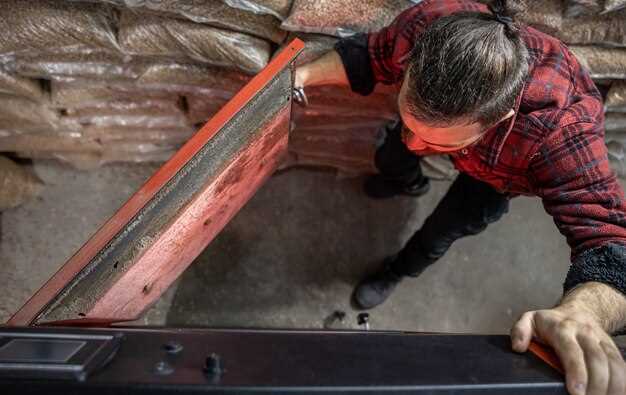
To begin, carefully unpack the tonneau cover and all its components. Ensure you have all necessary tools, which may include a wrench, screwdriver, and any additional hardware provided by the manufacturer.
Next, place the tonneau cover onto your truck bed to check for fit. Align it according to the manufacturer’s instructions, making sure that it sits evenly on the truck bed rails.
Once alignment is confirmed, proceed to install any mounting brackets provided with the cover. These brackets typically attach to the side rails of your truck. Use a wrench to securely fasten them according to the guidelines, ensuring they are tight but not overly so, to avoid damaging the truck’s surface.
After the brackets are attached, gently lower the tonneau cover onto the truck bed. Ensure that the cover is evenly positioned and fits snugly against the weather stripping on the rails. This is crucial for preventing water leaks.
Next, secure the cover in place using the manufacturer’s recommended fastening system, which might include clamps or snaps. Depending on the model, it may be necessary to adjust the fasteners for a perfect fit. Double-check that the cover is secured according to instructions provided.
Once the tonneau cover is in place, check for any gaps between the cover and the truck bed. Make any necessary adjustments to ensure a tight seal. Proper alignment is important for functionality and aesthetics.
Finally, take some time to test the cover’s operation. If it is a folding or rolling cover, open and close it to ensure smooth functionality. Inspect the edges to confirm that all parts are firmly attached and functioning correctly.
Conclude the installation process by cleaning the truck bed and tonneau cover surface to remove any installation debris. Regular maintenance will ensure longevity and optimal performance of your new tonneau cover.






